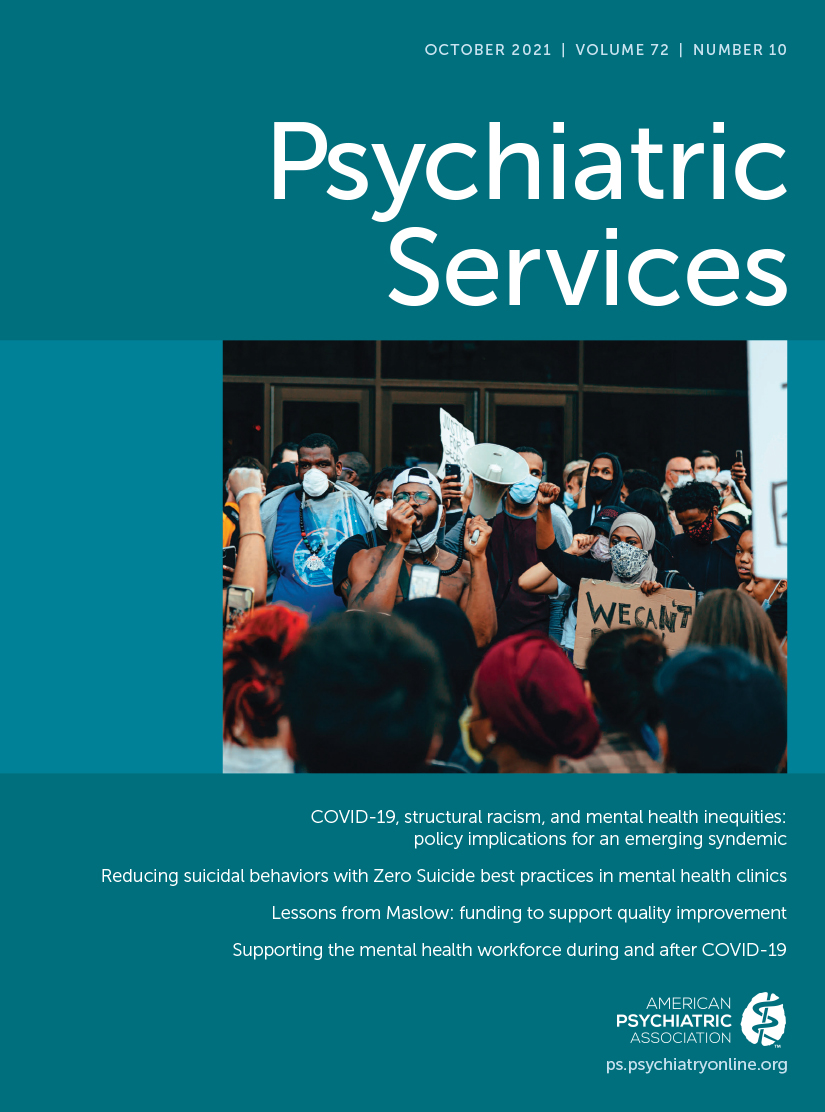Abstract
Objective:
Insurance status and continuity may affect access to and quality of care. The authors characterized patterns of and changes in insurance status over 1 year among people with first-episode psychosis (FEP), comparing insurance patterns with adults of similar age in the general population.
Methods:
Longitudinal data on insurance status and predictors of insurance status among adults with FEP were obtained from RAISE-ETP (Recovery After an Initial Schizophrenia Episode–Early Treatment Program) study participants with complete 1-year data (N=288). The frequencies of insurance status and transitions are presented. Bivariate comparisons were used to assess the impact of the comprehensive coordinated care intervention in RAISE-ETP on insurance changes. These data were compared with contemporaneous longitudinal data in the 2011 Medical Expenditures Panel Study.
Results:
The RAISE-ETP experimental intervention did not significantly change insurance status. At baseline, levels of uninsurance (47%) and public insurance (31%) were higher among RAISE-ETP participants than among a similar age group in the general public (29% and 13%, respectively). Insurance transitions were common among people with FEP, although 79% of those with public insurance at baseline also had public insurance at 1 year. Of studied RAISE-ETP participants, 60% had a period of uninsurance during the year studied.
Conclusions:
Compared with a national sample, people with FEP were more likely to use public insurance but still had high persistence of 12-month uninsurance. That over half of the RAISE-ETP participants had a period of uninsurance suggests that more research is needed on whether these periods affect treatment continuity and medication adherence.



